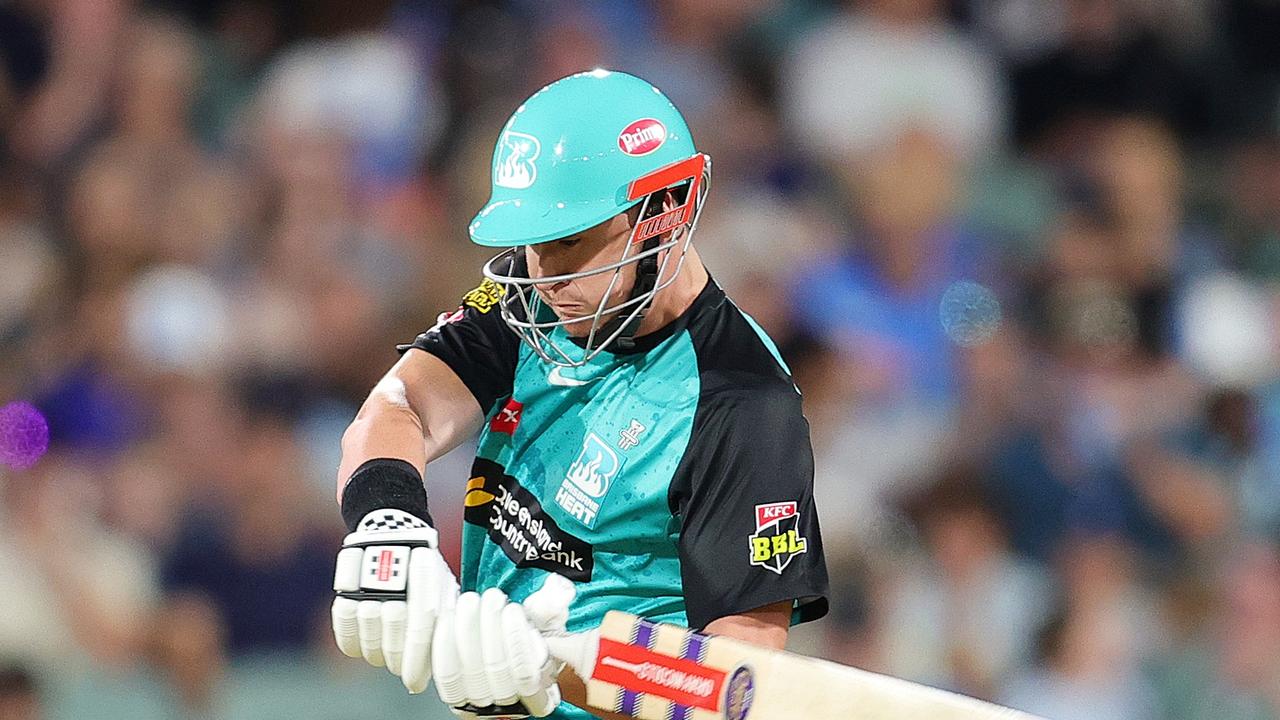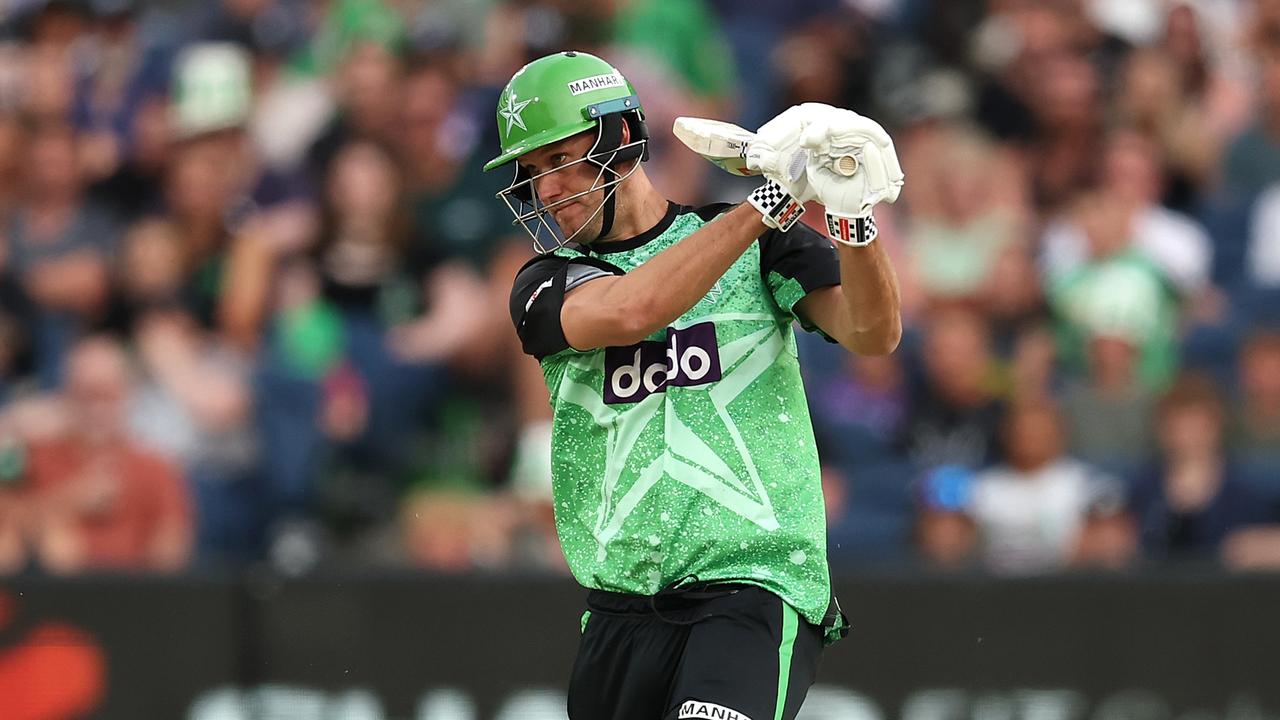Aussie stars get money for nothing in Big Bash cash drain
The Big Bash League is in desperate need of the star power that international drawcards can bring, and yet there’s no cash to pay them - now we know why.
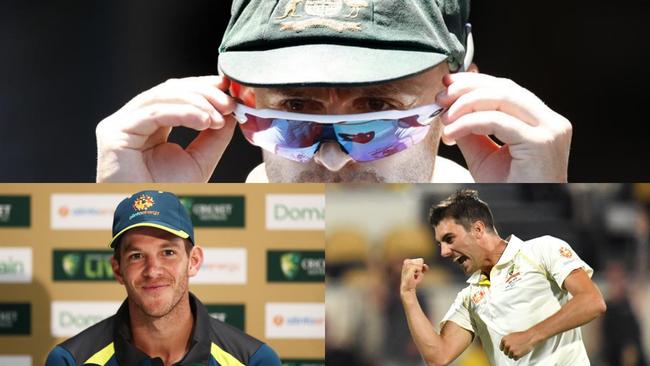
Big Bash
Don't miss out on the headlines from Big Bash. Followed categories will be added to My News.
Australia’s best cricketers are sharing in hundreds of thousands of dollars without playing a single Big Bash League game.
That wasted cash could be used to lure bigger overseas drawcards to a tournament that has lacked star power.
The Herald Sun understands players contracted to BBL clubs bank their full salaries regardless of whether they play all 14 home-and-away matches or do not play at all.
The bizarre salary model means Test regulars Nathan Lyon (Sixers), Tim Paine (Hurricanes) and Pat Cummins (Thunder) are in line for healthy BBL pay days without pulling on a shirt.
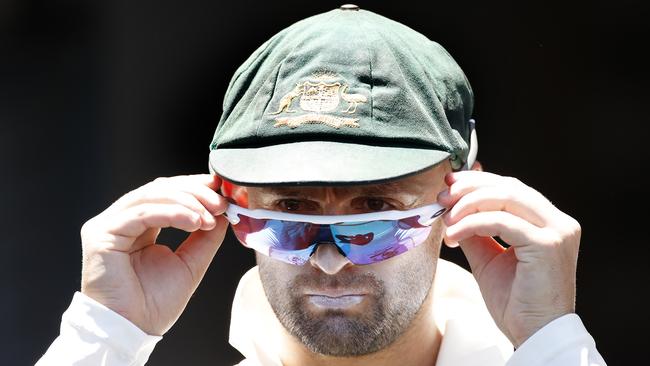
Lyon and Cummins also played in the one-day series against India while captain Paine was rested between Test series.
Match payments are only given to players drafted into squads from outside the 18-man roster, such as boom 22-year-old Sam Harper (Renegades).
The revelation comes as Cricket Australia’s skinny $1.7 million salary cap comes under fire for its inability to attract the world’s best players.
BBL club bosses are frustrated that players are “double dipping”, given they are also getting paid handsomely for representing Australia.
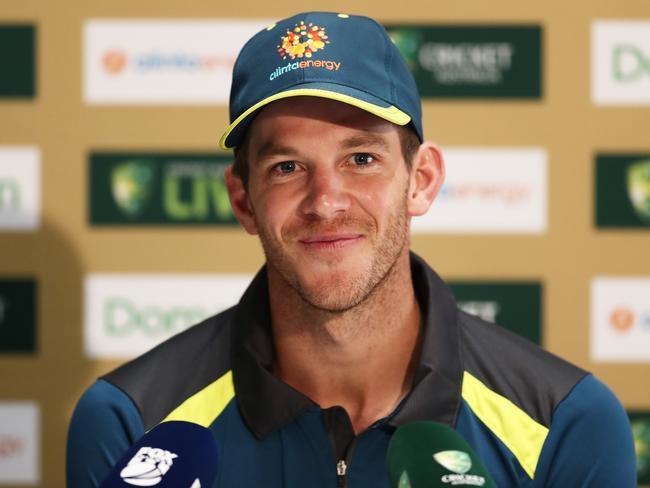
The unavailability of players coupled with injuries can also put a strain on a team’s depth.
While the absence of Cummins and Lyon was predictable — and was likely to be factored into their BBL contracts — Paine’s rise was impossible to predict when his last Hurricanes deal was signed.
Similarly, the promotion of Aaron Finch and Marcus Harris to the Test team at the start of the summer caught the Renegades by surprise.
Before Finch was dropped for the SCG Test the Gades faced the prospect of forking out their captain’s full salary without him playing a game.
Finch and Harris have combined for nine out of a possible 26 BBL matches.
BBL clubs and Cricket Australia believe the Cricketers’ Association drives the payment model.
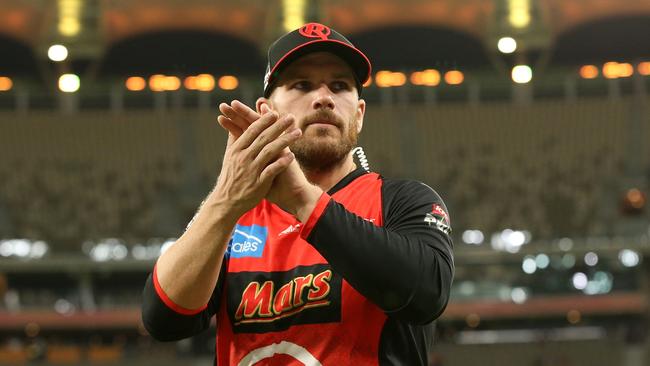
The ACA declined to comment yesterday although it is understood the system helps ensure younger players who aren’t guaranteed BBL games are also looked after.
Crafty clubs have attempted to mitigate the risk by signing flexible contracts and negotiating with their players.
“If you’ve got a good relationship with the player you can set up the contract in a way to reflect (his availability), but in the following year,” one club boss said.
“We can say look (Player X), we don’t think you’ll play for us in the foreseeable future, but we’ll offer you a $50,000 base for the next three years.
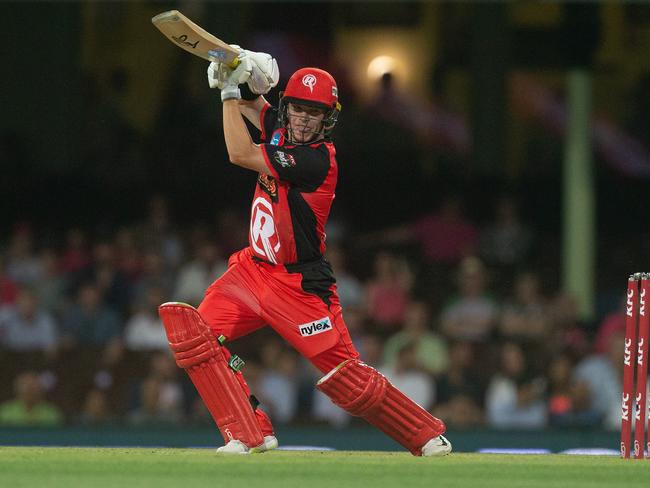
“But if you play more than we expected you to in the first year, we’ll pay you $80,000 in the second year.”
However, as the top-ups are paid a year later, it is difficult to appropriately remunerate the final year of the contract.
This payment model has long existed in cricket and leading administrators are unsure why.
Similarly, states are not reimbursed when their players are picked to play for Australia unless they are also contracted by Cricket Australia.

